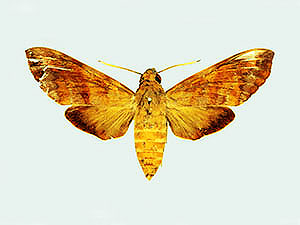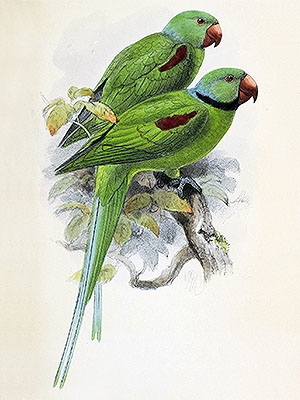Small Seychelles Harvestman (Biantes parvulus)
The Small Seychelles Harvestman was described in 1911; it is known to have inhabited the islands of Mahé, Praslin and Silhoutette in the Seychelles archipelago.
The species has a body length of about 0.6 cm (including the palpi); it is dark brown; the distal ends of the tibiae of the second- and fourth legs are white; the distal tarsal segment of the third and the distal end of the metatarsus and the tarsal segments of the fourth are also pale-colored; the remaining segments of the legs being dark brown in color. [1]
The Small Seychelles Harvestman was only ever found once on Praslin in 1908 and was last recorded from Mahé and Silhouette in 1972; it has never been found since and is likely extinct now.
***
syn. Hinzuanius parvulus Hirst
*********************

Depiction from: ‘ S. Hirst: The Araneae, Opiliones and Pseudoscorpiones. The Percy Sladen Trust Expedition to the Indian Ocean in 1905, under the leadership of Mr. J. Stanley Gardiner, M.A. Vol 3. No. XVIII. Transactions of the Linnean Society of London. Second Series. Vol. 14. Zoology.: 379-395. 1910-1912’
(not in copyright)
*********************
References:
[1] S. Hirst: The Araneae, Opiliones and Pseudoscorpiones. The Percy Sladen Trust Expedition to the Indian Ocean in 1905, under the leadership of Mr. J. Stanley Gardiner, M.A. Vol 3. No. XVIII. Transactions of the Linnean Society of London. Second Series. Vol. 14. Zoology.: 379-395. 1910-1912
*********************
edited: 28.02.2024


